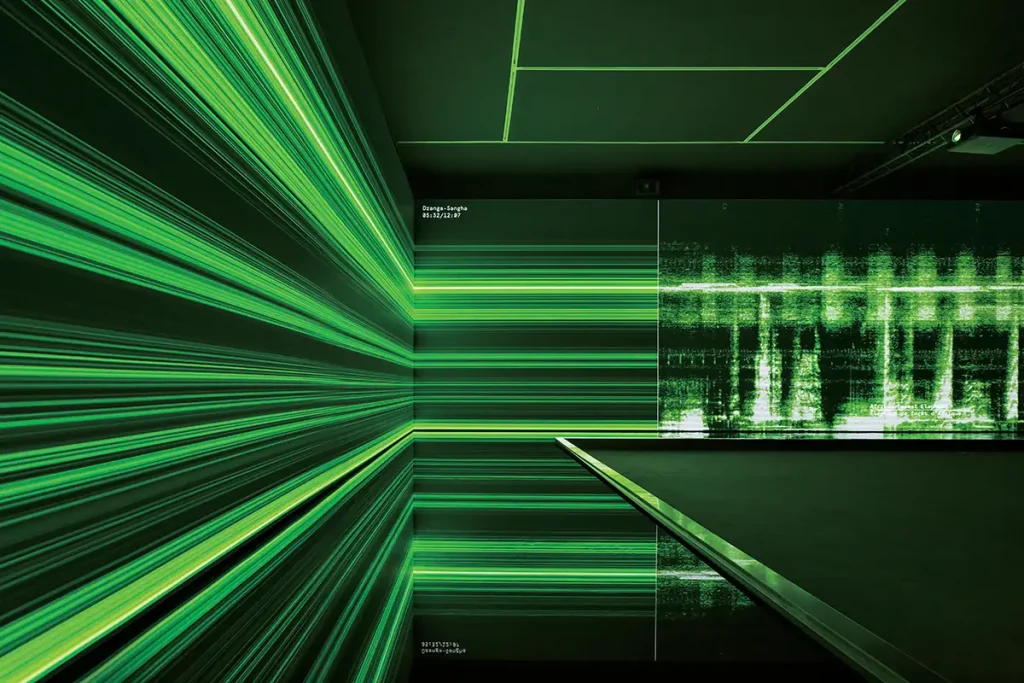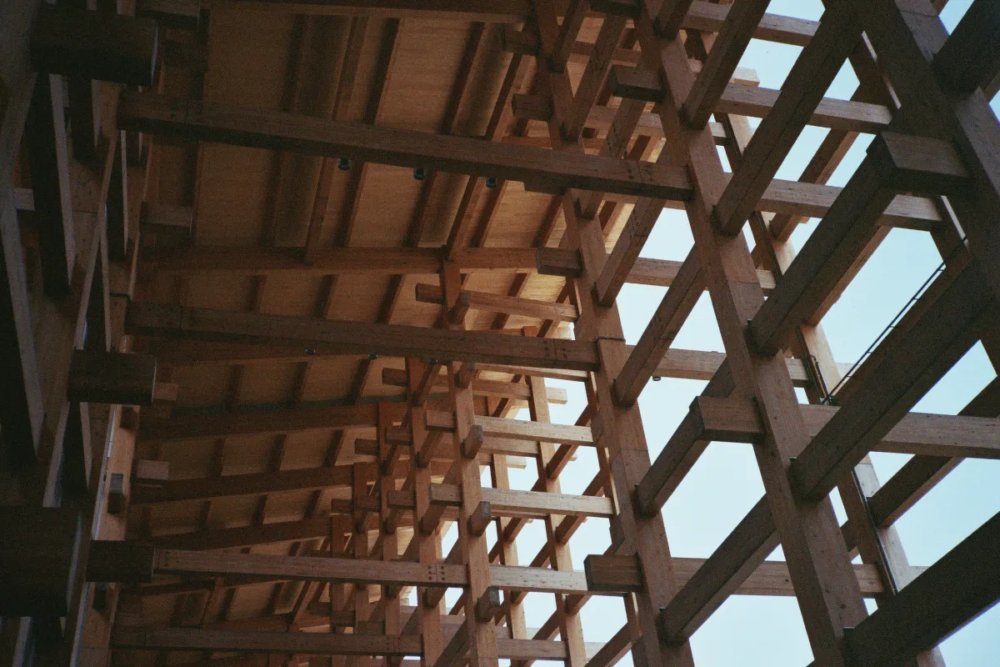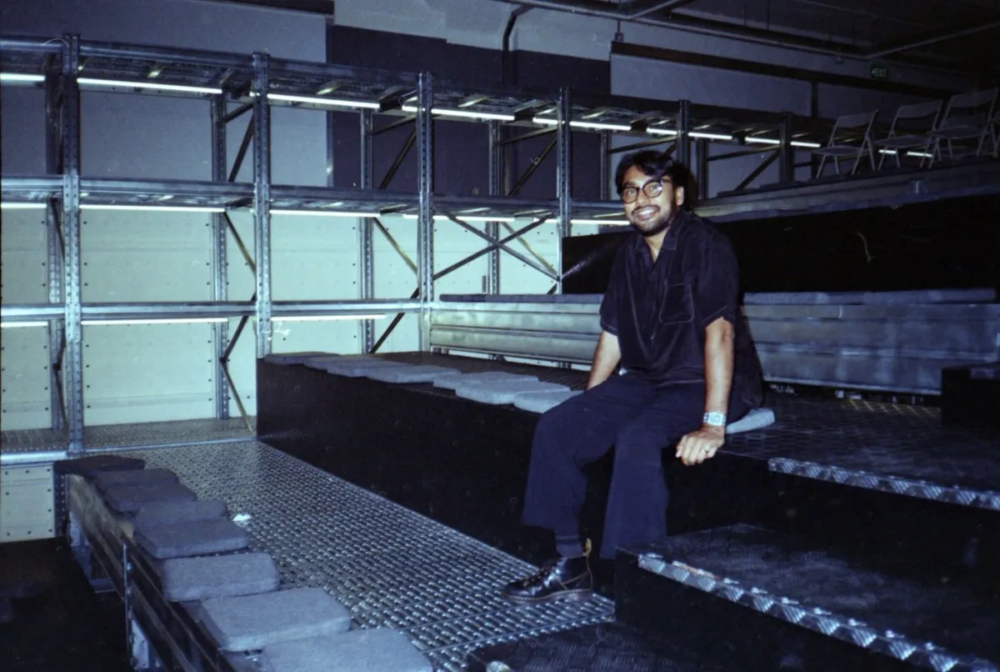
Geophony, what is this? Camille Étienne and Bernie Krause
Climate actions solution – French activist Camille Étienne and sound ecologist Bernie Krause confront in a dialog about Anthropophony, geophony, technophony
Camille Étienne and Bernie Krause in conversation for Lampoon, the Boiling issue
One has dedicated his life to studying natural soundscapes in order to evaluate man-made impacts on Nature. The other is a vocal activist working tirelessly at bringing us all together to combat social injustices, climate change and biodiversity collapse. Both believe in the power of Art to get their messages across.
Climate actions solution – Listening to Nature’s Biophony
BERNIE KRAUSE
When we are feeling sick, it shows in our voice. When we are healthy, the level of energy is likewise conveyed through our voice. These observations do not have to be expressed words, it is more an emotional feeling. For the voice of each habitat on earth, whether it is marine or terrestrial, the biophony is a narrative of place. If we are listening to it we can discern its history, the story of its evolution, its level of viability. I am more successful transmitting this story by transforming the field data into large form networks of art; most recently supported by commissions from the Fondation Cartier pour l’art contemporain, where we did The Great Animal Orchestra (from its premier in 2016). If we just play the sounds in a context and also have a visual interpretation of the sound on screen, this artform conveys a message to people that it is unassailable.
CAMILLE ÉTIENNE
I would love to use the sound of nature more. I realized its effect when I first discovered the sea. I grew up in a family of alpinists, so finding peace up in the mountains was easy. My parents are climbing instructors and they say that routinely people in their care get scared of the perceived silence up there. It takes time to get used to it. When I had the chance to embark on a two-week naval odyssey to Iceland in order to study the biggest meltdown of glaciers, the full sounds of nature hit me. We could see the climate change effects with our own eyes. There were no polluting noises above ground. When my friends tried to listen and record sounds from underneath in the ocean, they were hit by noise pollution from boats, one of the worst and insidious pollutions of the seas. Add to that, light pollution – we can’t see the forest because of the city lights. Like Bernie, I agree that we are altering the natural sounds. It makes us hear what we are destroying. My activism is about this: shedding light on what we are destroying.
Unveiling the Symphony of Life – the Impact of Human Noise
OLIVIER DUPON
Is there such a thing as ‘silence’? Or is silence the lack of human sounds – anthropophony?
BERNIE KRAUSE
As a bioacoustician, dedicated to recording sounds in the natural world, any place where there is life there are sounds produced. The ocean is filled with sounds – my PHD is actually in marine bio-acoustics –, so I have been listening to whales and smaller creatures. As a matter of fact, we are now listening to organisms as small as a virus. It shows the range of sounds in the natural world, from viruses to large whales. We are using these signals to benefit medicine. If we figure out what the sound of a virus is, we can phase cancel it by introducing an inverse of the signal in order to eliminate it. Bottom line, there is no silence in the living natural world. If you go into a cave, there will be sounds of living organisms, things as tiny as microscopic insects. Besides, we are beginning to understand that vegetation also makes noise and creates signals – I have great recordings of the liquid moving up the xylem and phloem of tree trunks and the effect this water flow has on the cells. Life is being expressed constantly.

Anthropophony: Human Noise and tackling Deep-Sea Mining – Climate actions solution
OLIVIER DUPON
Camille, you are currently fighting against deep sea mining, one of whose many dire consequences is the production of destructive noise by the mining equipment.
BERNIE KRAUSE
We were on the North slopes of Alaska. I was 120 km from an oil rig field and I could hear the sound of the oil rigs pumping the liquid from the ocean floor – 120 km away. Sound travels through a thermo-cline, the transition layer between warmer mixed water at the ocean’s surface and cooler deep water below 30-40m.
CAMILLE ÉTIENNE
I learnt that the deep-sea mining project of Norway is said to impact a 500 km radius around the mining operations. There are more people that reached the surface of the moon than the bottom of the sea. It is a disaster for biodiversity and for climate change as it could release vast amounts of carbon currently trapped on the sea bed. What does it mean philosophically that we believe that we dare to go where life started? It is where traces of the first signs of life have been discovered. We have no limit to our megalomania. The noise produced by the mining operations will be terrifying and disastrous for the species that only move / feed around using localization sonar. Vision is non-existent since there is absolutely no light down in such depths. This is what we are trying to bring into focus in order to stop this madness from happening.
BERNIE KRAUSE
A three-and-a-half-hour drive from the coast of California we were recording the sounds of a force. A logging company in 1988 informed the community that they wanted to introduce selective logging. Taking a tree here and there instead of clear-cutting the whole area. They argued that it would have no environmental impact. So, I said to them ‘fine, let me record there’. Having agreed to my presence I set up a session during the summer solstice of 1988, June 21st in a wonderfully spectacular meadow brimming with wildlife. It was very vibrant and vital with all kinds of sounds, a great density plus diversity, most notably of birds. Late that summer the selective logging began.
When we looked at the habitat with our eyes, it appeared as if nothing had happened. It looked as good as prior to the logging. They did the logging beyond the tree line, and we could not see it. When I returned a year later, most of the bird vocalizations had disappeared. Few birds returned in the spring of 1989 as the habitat had been affected. I have been back 17 times since and there is still no recovery. The biophony has been compromised. There is another problem here in America: since 1970, we have lost the spring and summer density of 3 billion birds, plus the insect population has dropped off, as has the frog population. Last year I recorded my first silent spring; there were lots of birds, however they weren’t singing.
Understanding the Impact of Anthropophony – Climate actions solution
OLIVIER DUPON
Lack of natural noises is a distress signal.
BERNIE KRAUSE
There is always geophony (wind, movement of the earth, waves…); there is always some kind of signal in our environment; however, the problem is that the signals of life are missing.
CAMILLE ÉTIENNE
When I was in Germany in the village of Lützerath to try to prevent its destruction by the extension of the biggest coal mine in Europe. My friend, German activist Luisa Neubauer called me and asked me to come as international activists were to gather there. We ended up being 35,000 people all together to save one little village and its forest. All we could see was like a scene from a movie: the horizon was made of huge machines breaking down the earth. There was nothing left but these mechanical monsters. When we came near the village, beyond the noise of the machines, the noise made by us activists, we started to also perceive domestic noises – the life of the village was repetitive and it was heart-breaking. Unlike the repetitive mechanical rhythm of the machines it was unpredictable. The noise of destruction is predictable, the noise of life is not.
BERNIE KRAUSE
Geophony is the oldest sound on earth. 4 ½ billion years old, it was there at the very beginning as the earth was being formed, the sounds of wind, storms; movement of the earth. What happened was that there was nothing to hear those sounds until about 550 million years ago when rangeomorphs, a cross between vegetation and animal life, appeared on the coast of Newfoundland. Some biologists believe that these are the first organisms that had the ability to detect acoustic signals. The geophony has set the palette of sound in such a way that all the animals who developed the ability to send and receive acoustic signals had to find bandwidth within that geophony in order for their voice to be heard. Geophony establishes a bandwidth beyond which animal life can be heard.
Technophony, Geophony and Anthropophony – Climate actions solution
OLIVIER DUPON
Humans had also to find their bandwidth. Now people like yourselves are using our bandwidth with messaging, but it is also shared with people misusing it.
BERNIE KRAUSE
This is called anthropophony or human noise which is defined as two elements: first, controlled sound (music, theater and language) and secondly sounds that are incoherent and chaotic (referred as ‘noise’), that is part of what some of my colleagues call ‘technophony’. However, the electro-mechanical sound produced by humans has no message and can even be quite harmful.
Bridging Generational Divides in Environmental Activism
OLIVIER DUPON
As for the generational gap. One of Camille’s short films is called Generations. When I see you, Bernie or myself, at different stages of our life, I would say with the three of us I don’t see much of a generational gap. Myth or reality?
CAMILLE ÉTIENNE
I have been vocal against the concept of ‘climate generation’. I had to fight against the preconception (created by the media) that as a young female, friends with Greta Thunberg, I would somehow be the perfect candidate to blame ‘old people for the climate crisis’. It is actually intellectually lazy to reduce us to that. Based on the data, one can see that people who are routinely involved in NGOs and commitment on the ground are not only ‘young people’. About half of activists are retired individuals. Social media have made our generation attention seeking and thus this could have contributed to the misconception that my generation is more into climate issues that the older one. But, it is way too reductive (a black and white view of world problems that is partly promoted by some media) and dangerous since all generations have to work together. I was raised by my grandmother. We don’t feel the same level of anxiety at different stages of our life, that we don’t have the same experience of life (take mobile phones). However, we need everyone. Social and racial discrepancies / injustices are way more prevalent to me than the concept of age. I have more chances to experience more climate disasters in my life than an older person. However, the situation is no less terrifying for older people.
BERNIE KRAUSE
I have more years behind me than I have in front of me. I think every once in a while, when I have no more energy, that I just want to stop…but I still work full time and I am encouraged by the likes of Jane Goodall who is 5 years older than I am and is still traveling 300 days a year to talk and pass the message along of how we can all positively impact our place on earth. When I think that Jane Goodall is still here and still doing what she does, I consider myself a youngster.
Uniting Voices Against Deep-Sea Mining – Climate actions solution
CAMILLE ÉTIENNE
I will go back to the deep-sea mining issue. The huge positive thing is that we are addressing it before it even starts. This has allowed us to gather international participants from very diverse backgrounds. “What can you do to help?” and people start thinking “Oh! I know someone who can…” Soon enough, one is a geek who can send mass emails to MPs, another can make music, which engenders a powerful community spirit where everyone is contributing based on his / her own skill set. It also enables us to tackle the issue from every possible angle. It is very humbling and I can say that so far, we have succeeded in securing the support of about 24 countries in favor of implementing a moratorium on deep-sea mining.
BERNIE KRAUSE
Over 1 million or so people have seen the Great Animal Orchestra presented at Cartier Foundation of Contemporary Art. As a scientist, if I publish a paper, only my peers will read it. If I create art and have the support of a storied platform, it works at a different level. Besides, I am working with interns, several of whom have been with me for over a decade, and we are actively looking for a home for my archive. No group seems interested in the US, but we are talking with an organization in Paris right now and we could make an announcement by the end of the month.
Camille Étienne
Camille Étienne is a member of the Avant l’orage duo, created with film-maker Solal Moisan, she supports and leads civil disobedience actions, lobbying political and economic decision-makers and raising awareness among the general public.
Bernie Krause
Bernard L. Krause is an American musician and soundscape ecologist. In 1968 he founded Wild Sanctuary, an organization dedicated to recording and archiving natural soundscapes.
Olivier Dupon








